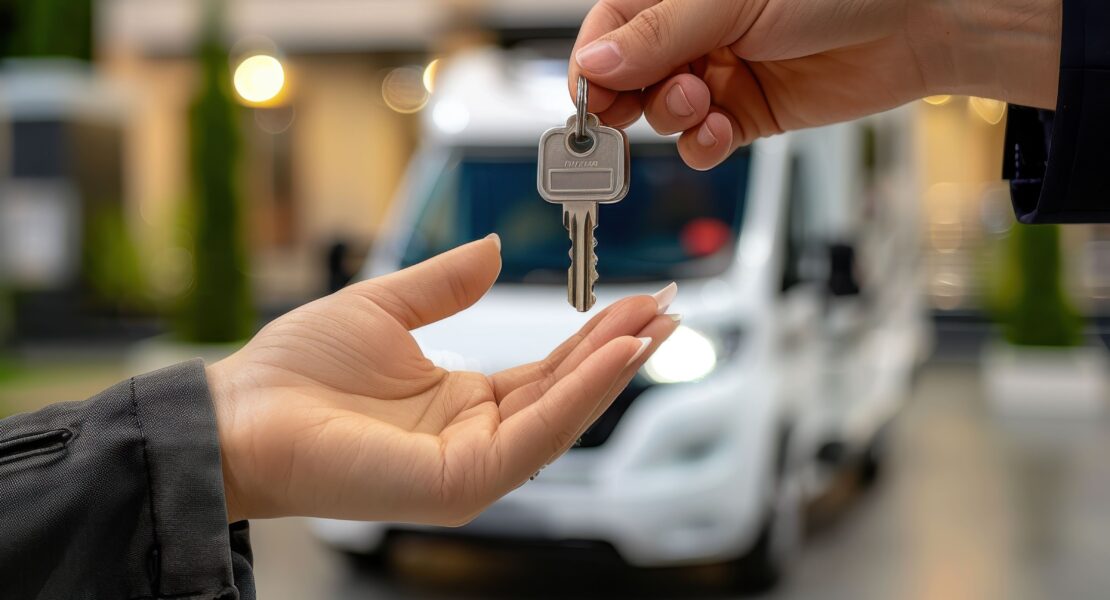It’s always exciting times when you’re buying something significant – a house, a car, golf clubs, the latest iPhone, the new Paul Weller album, a motorhome… With the latter, you’re opening up a world of travel and adventure for yourself, and it follows that you want to make sure you get this purchase right. It’s essential, then, to approach this particular spend with careful consideration.
So that you can make an informed decision, this edition of the rove! blog is focused on what to look for when buying a used motorhome.

